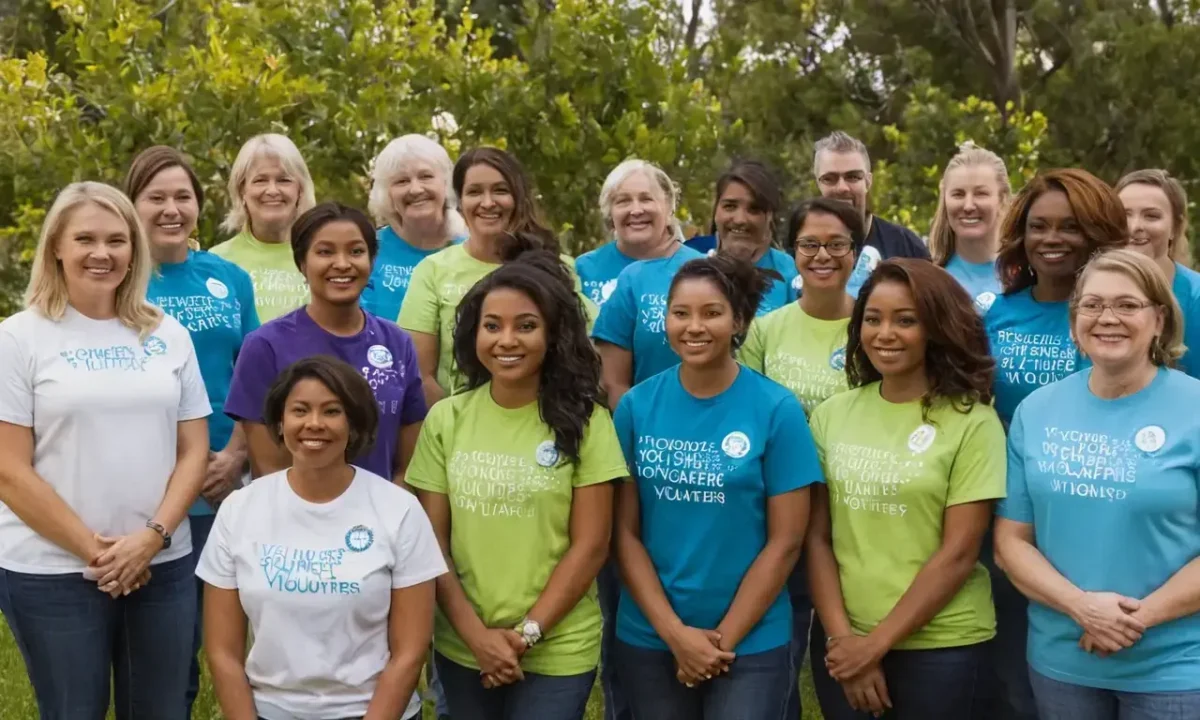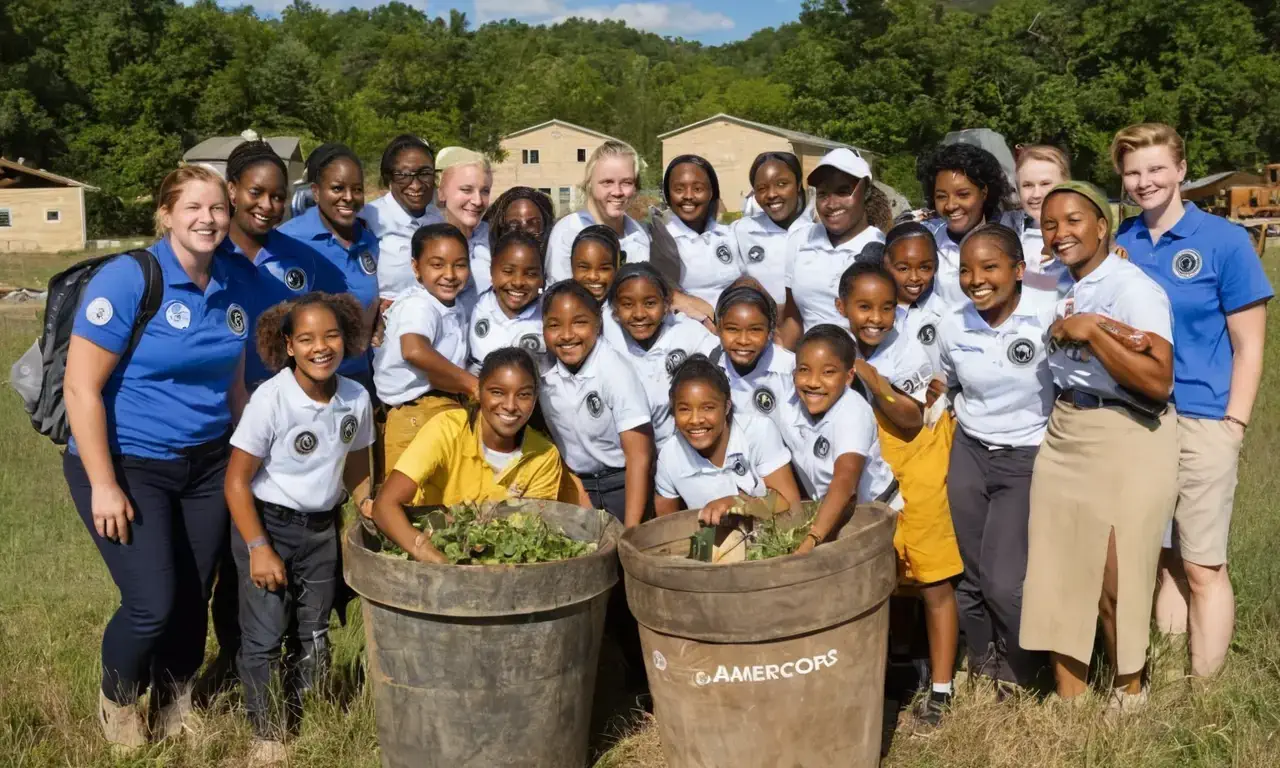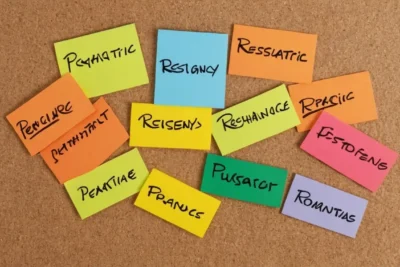
AmeriCorps: A National Volunteer Program Shaping Communities

AmeriCorps is a national volunteer program that has been shaping communities across the United States for over two decades. Established in 1993 under President Clinton, this initiative was designed to provide opportunities for civic-minded individuals to make a difference in their local areas while also receiving educational assistance. The program's inception marked a significant shift towards community service and volunteerism, reflecting a growing recognition of the importance of collective action in addressing social issues.
The objective of this article is to delve into the history, programs, benefits, impact, funding, criticisms, expansion, notable alumni, and future directions of AmeriCorps. By exploring these aspects, we aim to provide a comprehensive understanding of how AmeriCorps has evolved over time and its continued relevance in contemporary society.
History of AmeriCorps
The history of AmeriCorps is deeply intertwined with the broader context of community service and volunteerism in the United States. The concept of national service programs dates back to the Great Depression, when President Franklin D. Roosevelt introduced the Civilian Conservation Corps (CCC) in 1933. This program aimed at providing jobs for young men while engaging them in conservation efforts. However, it wasn't until the 1990s that AmeriCorps was formally established.
When did AmeriCorps start?, a question often asked by those interested in its inception. The answer lies in 1993, when President Clinton signed the National and Community Service Trust Act into law. This act created the Corporation for National and Community Service (CNCS), which oversees AmeriCorps among other national service programs. The initial goal was to provide a framework for young adults to engage in community service while earning educational benefits.
Programs and Services
AmeriCorps offers a diverse array of programs that cater to different interests, skills, and age groups. One of the most well-known programs is VISTA (Volunteers in Service to America), which focuses on poverty alleviation through education, healthcare, and economic development. Members of this program work with local organizations to address issues such as food insecurity, housing, and job training.
Another significant component of AmeriCorps is the National Civilian Community Corps (NCCC). This program engages young adults in disaster relief, environmental conservation, and community development projects across the country. Participants are placed in teams that travel to different locations for a period of 10 months, allowing them to experience diverse communities and service opportunities.
Benefits for Members
One of the most attractive aspects of AmeriCorps is the educational benefits it offers its members. Upon completing their service term, participants can receive an education award of up to $6,195 (for full-time members) or $3,047 (for part-time members). This award can be used towards tuition fees at accredited colleges and universities in the United States.
In addition to the educational benefits, AmeriCorps members also gain valuable skills and experiences that are highly sought after by employers. The program provides training in leadership, teamwork, and communication, making its alumni more competitive in the job market. Many members have gone on to pursue careers in public service, education, healthcare, and social work.
Impact on Communities

The impact of AmeriCorps on communities across the United States is multifaceted. By engaging thousands of volunteers each year, the program addresses a wide range of issues from poverty and education to environmental conservation and disaster relief. The collective efforts of AmeriCorps members have led to tangible improvements in local infrastructure, community engagement, and social services.
For instance, AmeriCorps VISTA members have been instrumental in establishing food banks and pantries that provide essential support to low-income families. Similarly, NCCC teams have contributed significantly to disaster recovery efforts, helping communities rebuild after devastating natural disasters.
Funding and Support
AmeriCorps relies on a combination of federal funding and private donations to operate its programs. The Corporation for National and Community Service (CNCS) is responsible for allocating funds from the federal budget to support AmeriCorps initiatives. Over the years, there have been fluctuations in funding due to political priorities and economic conditions.
Despite these challenges, AmeriCorps has managed to maintain a strong presence through strategic partnerships with local organizations and private donors. The program's ability to adapt and innovate has allowed it to secure additional resources from foundations and corporations that share its mission of community service.
Criticisms and Controversies
AmeriCorps has faced criticism over the years, particularly from conservative groups who argue that the program is too expensive or ineffective in achieving its goals. Some have questioned the use of federal funds for a program that they believe should be supported by private donations alone. Others have raised concerns about the potential politicization of AmeriCorps, suggesting that it may become a tool for promoting specific political ideologies.
However, proponents of AmeriCorps argue that these criticisms are unfounded and overlook the significant positive impact the program has on communities. They point to studies demonstrating the long-term benefits of AmeriCorps service, including increased civic engagement and improved educational outcomes among participants.
Expansion and Growth
Since its inception, AmeriCorps has expanded significantly, with new programs and initiatives being introduced regularly. One notable expansion was the creation of the AmeriCorps State and National program in 1994, which allowed states to apply for funding to support their own service projects. This move enabled local communities to take ownership of the initiative and tailor it to their specific needs.
In recent years, AmeriCorps has also seen an increase in partnerships with private sector companies. These collaborations have led to innovative programs that combine community service with job training and education. For example, some AmeriCorps members work alongside tech companies to develop digital literacy skills among underserved populations.
Notable Alumni
AmeriCorps has a long list of notable alumni who have gone on to achieve great things in their careers and communities. Many have become leaders in public service, education, and social entrepreneurship. For instance, former AmeriCorps members have served as mayors, governors, and even U.S. senators.
One notable example is Senator Cory Booker (D-NJ), a former AmeriCorps VISTA member who has been an outspoken advocate for community service and volunteerism throughout his career. His experiences with AmeriCorps shaped his commitment to public service and informed many of the policies he has championed in Congress.
Future Directions
As AmeriCorps continues to evolve, it is likely that the program will face new challenges and opportunities. With a growing emphasis on social justice and community engagement, there may be an increased focus on addressing issues such as racial equity, climate change, and economic inequality through service projects.
Moreover, the rise of digital platforms has opened up new avenues for AmeriCorps to engage with volunteers remotely. This shift could enable more people to participate in community service from anywhere in the country, further expanding the program's reach and impact.
Conclusion
AmeriCorps has come a long way since its inception in 1993, evolving into a robust national volunteer program that has made significant contributions to communities across the United States. From its early days as a response to social issues to its current status as a leader in community service, AmeriCorps continues to inspire and empower individuals to make a difference.
As we look towards the future, it is clear that AmeriCorps will remain an essential component of American civic life, providing opportunities for education, skill-building, and community engagement. Its legacy serves as a testament to the power of collective action in shaping a more compassionate and equitable society.
Leave a Reply





Related Links